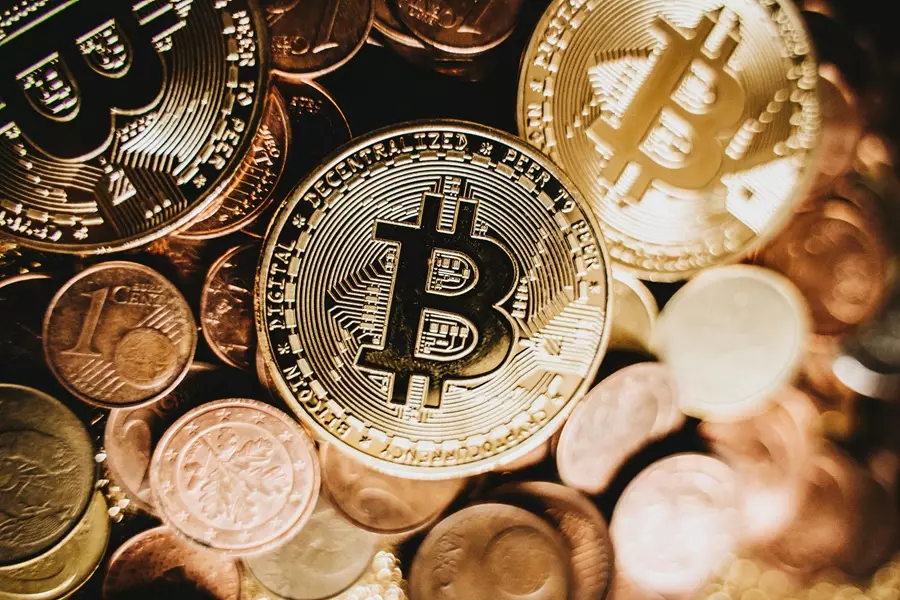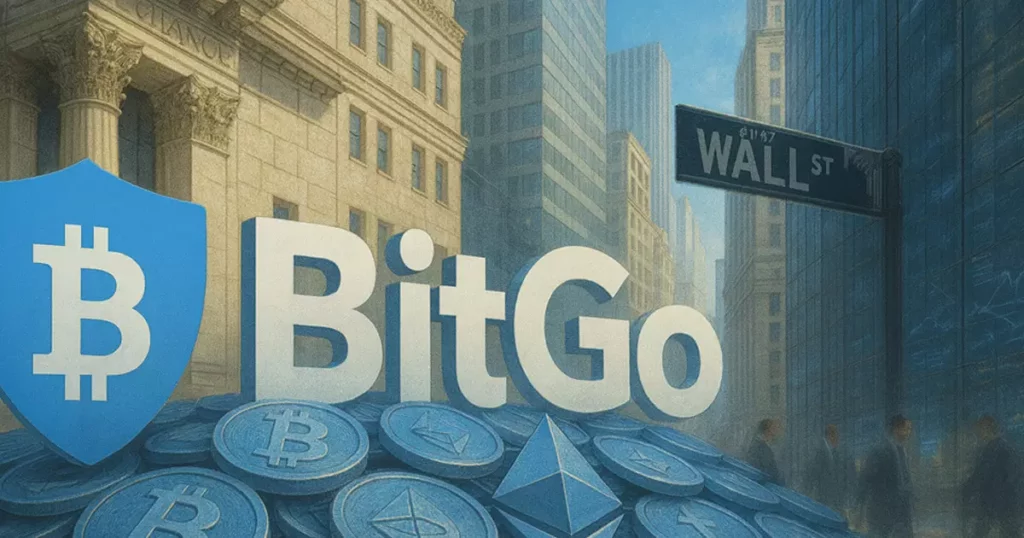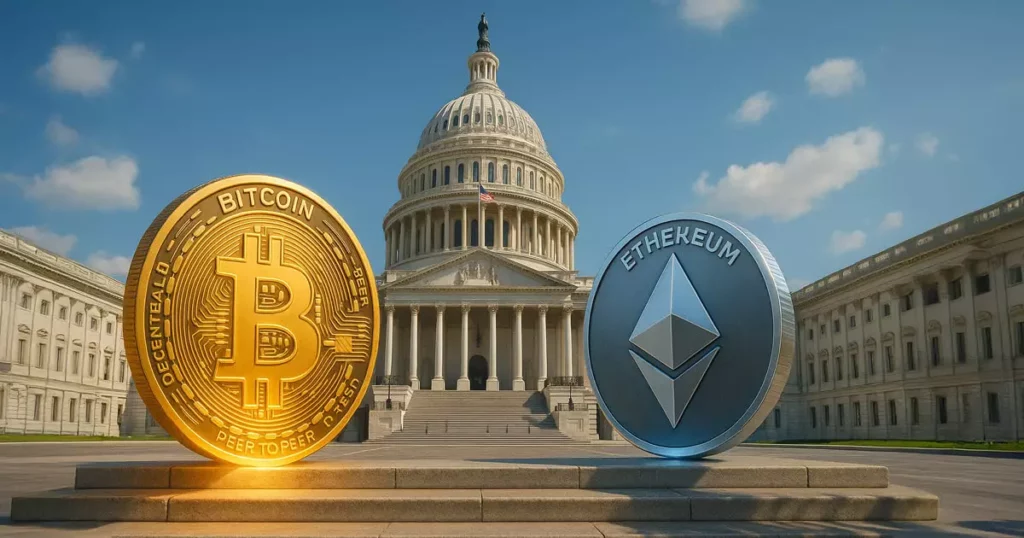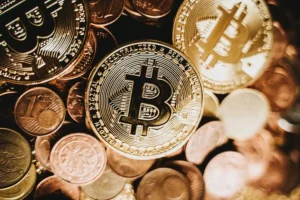For years, proponents of cryptocurrencies have championed their supposed privacy and anonymity, painting a picture of digital assets as a clandestine refuge for illicit activity. However, this narrative is increasingly obsolete. The recent seizure of $1 million linked to BlackSuit ransomware by the Department of Justice starkly illustrates that blockchain activity, while complex, is inherently
Cryptocurrency has often been heralded as the future of finance—a game-changing innovation capable of revolutionizing the way we store and transfer wealth. Advocates tout its potential to democratize financial access, enhance transparency, and eliminate the middlemen that have long dominated traditional banking systems. Yet, beneath the shiny veneer of blockchain technology and decentralized finance lies
Cryptocurrency, often lauded as the frontier of financial innovation, has captivated countless enthusiasts eager to capitalize on its promises of wealth and independence. Yet, beneath the allure lies a perilous environment characterized by unpredictable swings and opaque mechanics. Relying solely on chart analysis or current trends to navigate this realm is an exercise in hubris.
In the cacophonous world of cryptocurrencies, awakenings often come in the form of dashed hopes and unmet expectations. XRP, a digital asset long touted as the blockchain industry’s silver bullet, epitomizes this dissonance. Despite a flurry of “bullish” news—partnerships with traditional financial giants, innovative tokenized money market funds, and a first-of-its-kind ETF—the asset’s price stubbornly
The announcement of BitGo’s impending IPO signals a pivotal moment for the cryptocurrency industry—a sign that crypto firms are seeking legitimacy through traditional financial channels. With revenue soaring from under a billion dollars in 2023 to over three billion in 2024, the narrative appears promising. However, a deeper analysis reveals that such explosive growth, while
In recent discussions, a group of twelve Democratic senators has sought to push forward a comprehensive legislative framework for cryptocurrency regulation, urging Republican cooperation. While the intention behind this bipartisan call might appear pragmatic—aiming to establish clarity and oversight—the reality reveals deeper flaws rooted in rushed policymaking and misplaced faith in regulatory control. Their focus
At the heart of modern trading, especially in volatile sectors like Forex and cryptocurrencies, lies an overreliance on technical analysis. Traders and investors like Aayush Jindal, celebrated for their skills in deciphering charts and patterns, often project a false sense of certainty. While expertise is crucial, it’s imperative to recognize that markets are inherently unpredictable.
In the tumultuous world of cryptocurrency, the veneer of regulation often appears robust but crumbles under scrutiny. Recent political pressure, exemplified by Senator Elizabeth Warren’s aggressive questioning of Binance’s adherence to a hefty $4.3 billion settlement, exposes the chasm between enforcement rhetoric and actual compliance. While authorities trumpet fines and oversight mechanisms, the truth behind
In recent months, the narrative surrounding XRP has shifted dramatically from skepticism to strategic optimism, but this isn’t mere speculation—it’s an orchestrated confluence of regulatory victories, banking reforms, and technological upgrades that position XRP to redefine its role in global finance. The so-called “XRP Endgame” isn’t just hype; it’s a meticulously crafted set of conditions
For years, Bitcoin enthusiasts have been conditioned to believe that September is a bearish month—a period where the cryptocurrency often takes a backseat or, worse, declines. This seasonal misfortune has persisted despite occasional exceptions. Yet, recent data confronts this narrative, revealing that September’s history isn’t as ominous as many assume. Instead, when September closes on





























